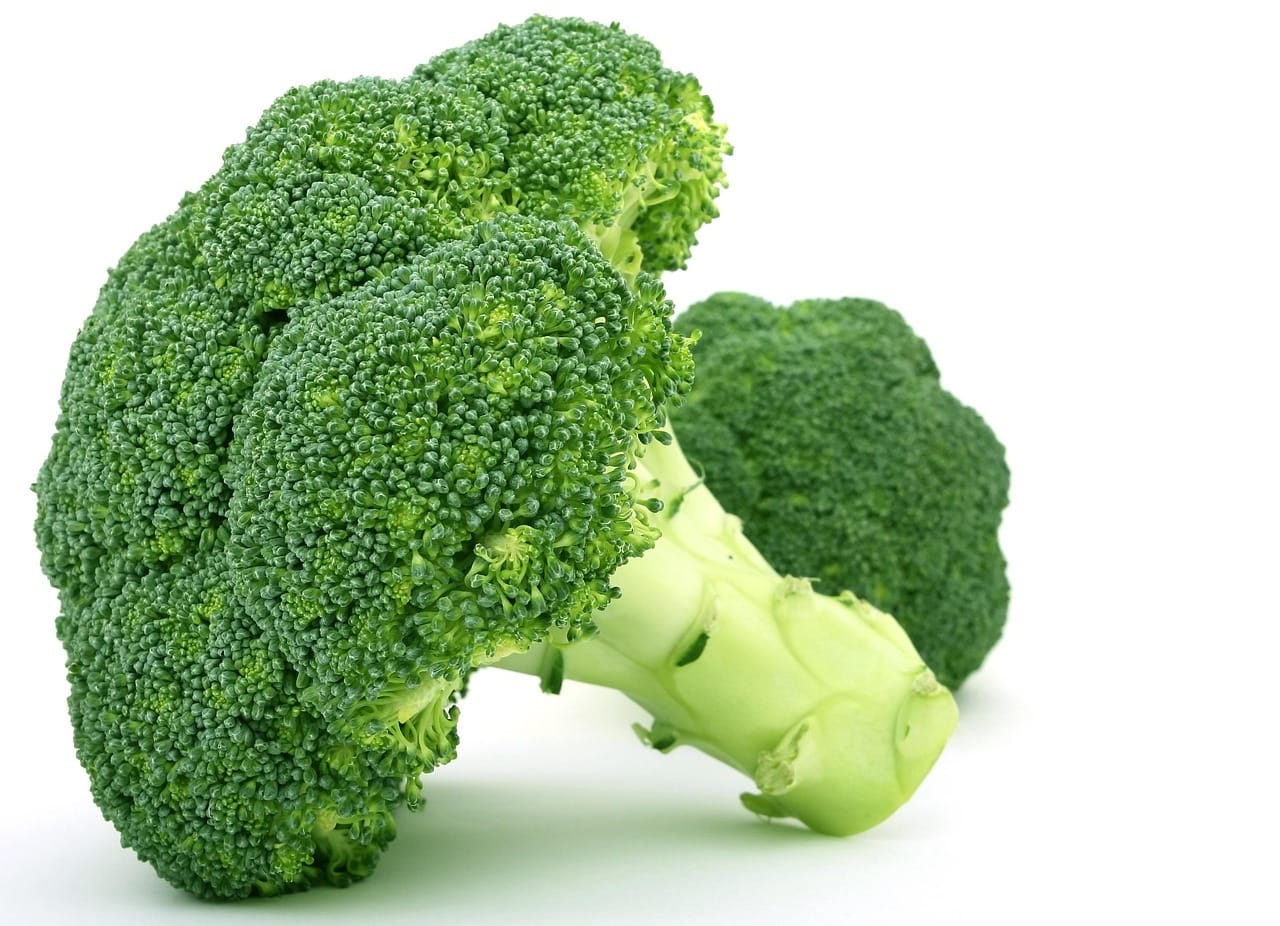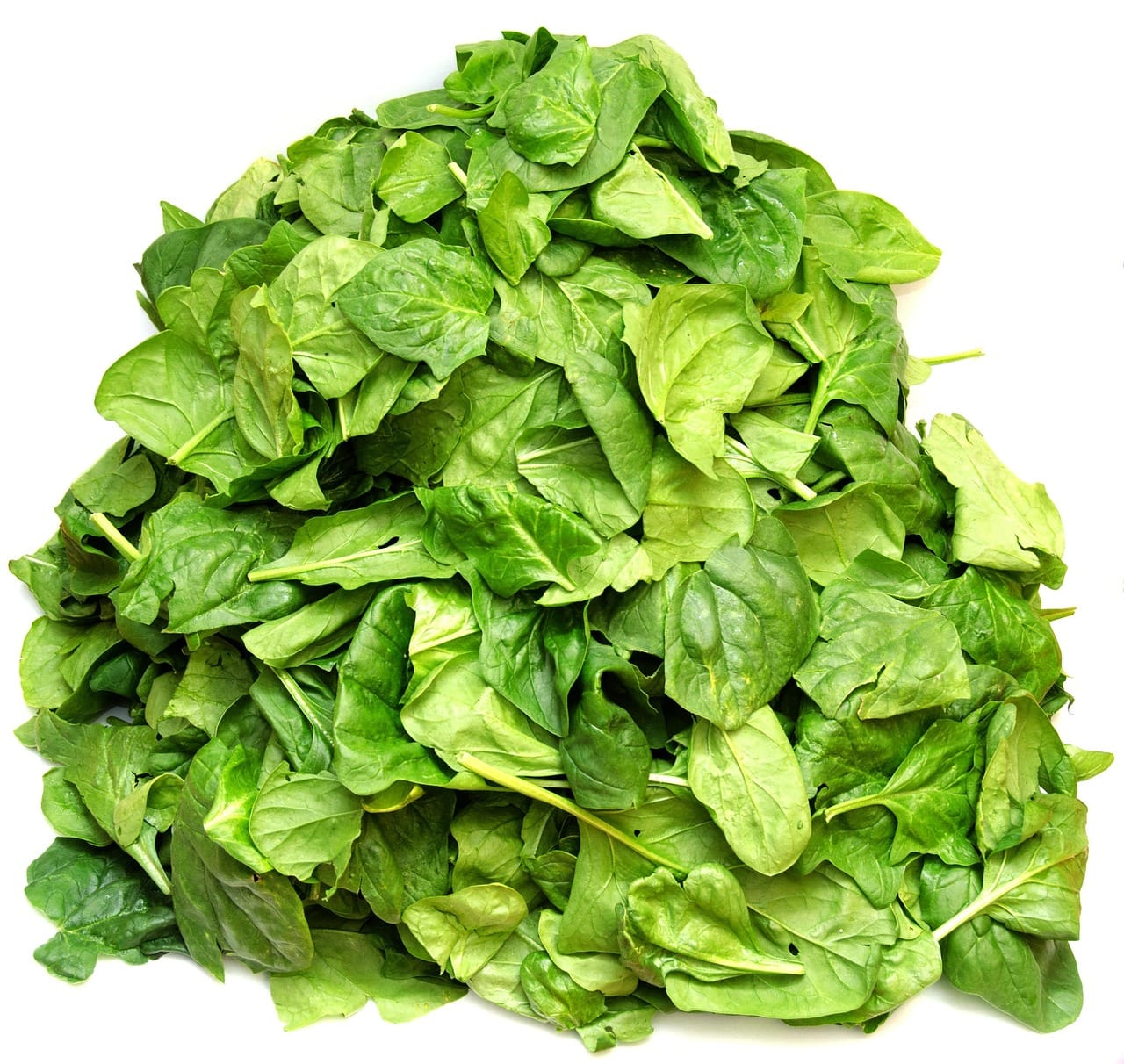Making your own salad dressing at home might seem like an extra step, but the difference in taste and quality is undeniable. Not only can you control the ingredients and avoid unnecessary additives, but you can also create dressings that perfectly complement your favorite salads. Ditch the store-bought bottles filled with preservatives and embrace the vibrant flavors of homemade salad dressings. This guide will walk you through everything you need to know, from the basic components to creative variations, ensuring your salads are never boring again.
The Foundation: Understanding Salad Dressing Components
The Oil Base
The oil you choose significantly impacts the flavor and texture of your salad dressing. Opt for high-quality oils to elevate your dressing.
- Extra Virgin Olive Oil: Offers a robust, fruity flavor. Best for Mediterranean-inspired salads or dressings with strong flavors. Consider using a lighter, more delicate olive oil for milder dressings.
- Avocado Oil: A neutral flavor with a high smoke point. A good all-purpose option.
- Walnut Oil: Adds a nutty and rich flavor. Pairs well with fall and winter salads. Use sparingly, as it can be overpowering.
- Sesame Oil: Provides an Asian-inspired flavor. Best used in small quantities, particularly toasted sesame oil.
- Flaxseed Oil: While very healthy, flaxseed oil has a strong, distinct taste that not everyone enjoys. It is also not suitable for heating and should be used cold.
Actionable Takeaway: Experiment with different oils to find your favorite flavor profile.
The Acidic Element
Acidity balances the richness of the oil and adds a tangy zest. The type of acid you select will also influence the taste of your salad dressing.
- Vinegar: The most common choice.
Balsamic Vinegar: Sweet and slightly tart. Use high-quality balsamic for the best flavor.
Red Wine Vinegar: Robust and assertive. Great for heartier salads.
White Wine Vinegar: Milder and more versatile than red wine vinegar.
Apple Cider Vinegar: Slightly sweet and tangy with health benefits.
Rice Vinegar: Mild and slightly sweet, ideal for Asian-inspired dressings.
- Citrus Juice: Adds a bright and refreshing flavor.
Lemon Juice: A classic choice for a zesty kick.
Lime Juice: Perfect for Southwestern or Mexican-inspired salads.
Orange Juice: Adds a subtle sweetness.
- Other Acids:
Verjuice: Made from unripe grapes, verjuice is less acidic than vinegar and adds a subtle, fruity tartness.
Actionable Takeaway: The ratio of oil to acid typically ranges from 2:1 to 3:1, depending on your taste preference. Start with 3:1 and adjust to your liking.
Emulsifiers: Bringing It All Together
Emulsifiers help bind the oil and acid together, creating a stable and creamy dressing. Without an emulsifier, your dressing will quickly separate.
- Dijon Mustard: A classic emulsifier that adds a subtle tang and creamy texture.
- Honey or Maple Syrup: Adds sweetness and helps emulsify.
- Egg Yolk: Creates a rich and creamy emulsion. Used in dressings like Caesar.
- Mayonnaise: Adds creaminess and helps bind the dressing.
- Garlic: When minced finely or pureed, garlic acts as a natural emulsifier.
Actionable Takeaway: Start with a small amount of emulsifier and gradually add more until the dressing is well combined.
Flavor Enhancers
This is where you can get creative and customize your dressing to suit your preferences. These are things like spices, herbs, and other flavors that really make the dressing unique.
- Herbs: Fresh or dried herbs add complexity and aroma.
Fresh Herbs: Parsley, cilantro, basil, dill, chives, oregano, thyme.
Dried Herbs: Italian seasoning, herbes de Provence.
- Spices: Add warmth, spice, or depth.
Garlic Powder: Adds a savory flavor.
Onion Powder: Complements garlic powder.
Red Pepper Flakes: Adds a spicy kick.
Smoked Paprika: Adds a smoky depth.
- Other Flavorings:
Shallots: Finely minced, adds a mild onion flavor.
Garlic: Minced, crushed, or roasted for varying levels of flavor.
Ginger: Freshly grated for an Asian-inspired dressing.
Soy Sauce: Adds umami and saltiness.
Anchovy Paste: Adds a savory depth. Use sparingly.
Actionable Takeaway: Start with a small amount of each flavoring and adjust to taste. Remember that flavors will meld and intensify over time.
Essential Homemade Salad Dressing Recipes
Classic Vinaigrette
This is the quintessential salad dressing and a great starting point for your homemade dressing journey.
- Ingredients:
3 tablespoons extra virgin olive oil
1 tablespoon red wine vinegar
1 teaspoon Dijon mustard
1/2 teaspoon honey or maple syrup (optional)
Salt and freshly ground black pepper to taste
- Instructions:
1. In a small bowl, whisk together the red wine vinegar, Dijon mustard, and honey (if using).
2. Slowly drizzle in the olive oil while whisking constantly until the dressing is emulsified.
3. Season with salt and pepper to taste.
Lemon Herb Vinaigrette
A bright and refreshing dressing perfect for spring and summer salads.
- Ingredients:
3 tablespoons extra virgin olive oil
1 tablespoon lemon juice
1 teaspoon Dijon mustard
1 tablespoon finely chopped fresh herbs (such as parsley, dill, or chives)
Salt and freshly ground black pepper to taste
- Instructions:
1. In a small bowl, whisk together the lemon juice and Dijon mustard.
2. Slowly drizzle in the olive oil while whisking constantly until the dressing is emulsified.
3. Stir in the chopped fresh herbs.
4. Season with salt and pepper to taste.
Creamy Caesar Dressing
A rich and flavorful dressing perfect for Caesar salads.
- Ingredients:
1/4 cup mayonnaise
2 tablespoons grated Parmesan cheese
1 tablespoon lemon juice
1 teaspoon Dijon mustard
1 clove garlic, minced
1/2 teaspoon Worcestershire sauce
1/4 teaspoon anchovy paste (optional)
Salt and freshly ground black pepper to taste
- Instructions:
1. In a small bowl, whisk together all ingredients until well combined.
2. Adjust seasoning to taste.
Actionable Takeaway: These are just starting points. Feel free to experiment with different oils, acids, and flavor enhancers to create your own signature salad dressings.
Tips and Tricks for Perfect Salad Dressings
Blending vs. Whisking
While a simple vinaigrette can be easily whisked, using a blender can create a smoother and more stable emulsion, particularly when incorporating thicker ingredients.
- Whisking: Ideal for simple vinaigrettes with liquid ingredients. Requires constant whisking to emulsify.
- Blender or Food Processor: Best for creamy dressings or when using solid ingredients like garlic or herbs. Creates a smoother and more stable emulsion.
- Immersion Blender: Works well for emulsifying small batches of dressing directly in a jar or container.
Storage and Shelf Life
Homemade salad dressings are best used fresh, but can be stored properly to extend their shelf life.
- Storage: Store homemade salad dressings in an airtight container in the refrigerator.
- Shelf Life:
Vinaigrettes without fresh ingredients: Up to 2 weeks.
Dressings with fresh herbs or dairy: Up to 3-5 days.
- Separation: Salad dressings will naturally separate in the refrigerator. Shake or whisk well before using.
Making Ahead
Most homemade salad dressings can be made a day or two in advance, allowing the flavors to meld. This is especially useful when using herbs and spices.
- Flavor Development: Flavors will intensify over time, so adjust seasoning accordingly.
- Storage: Store in an airtight container in the refrigerator.
- Bringing to Room Temperature: For the best flavor and texture, allow the dressing to come to room temperature for about 15-20 minutes before serving.
Actionable Takeaway: Always label your homemade salad dressings with the date they were made to ensure freshness.
Common Mistakes to Avoid
Over-Salting
It’s easy to over-salt salad dressings, especially when using ingredients like soy sauce, anchovy paste, or certain cheeses.
- Taste as you go: Add salt gradually and taste frequently.
- Consider other salty ingredients: Reduce or eliminate added salt if using salty ingredients.
- Salt alternatives: If you accidentally over-salt, add a touch of honey or a squeeze of lemon juice to balance the flavors.
Using Poor Quality Oil
The quality of your oil directly impacts the taste of your salad dressing. Cheap or rancid oils will ruin the flavor.
- Choose high-quality oils: Opt for extra virgin olive oil, avocado oil, or other premium oils.
- Check the expiration date: Use oils that are fresh and within their expiration date.
- Store oils properly: Store oils in a cool, dark place to prevent them from going rancid.
Neglecting Emulsification
A poorly emulsified salad dressing will quickly separate, resulting in an uneven and unappetizing coating on your salad.
- Use an emulsifier: Include Dijon mustard, honey, or other emulsifying agents.
- Whisk vigorously or use a blender: Ensure the oil and acid are thoroughly combined.
- Add oil slowly: Drizzle the oil into the acid mixture gradually while whisking constantly.
Actionable Takeaway: A well-made salad dressing should be smooth, creamy, and evenly coated on your salad greens.
Conclusion
Making homemade salad dressing is a simple yet impactful way to elevate your meals. By understanding the key components, experimenting with flavors, and avoiding common mistakes, you can create delicious and healthy dressings that perfectly complement your salads. Ditch the store-bought bottles and embrace the freshness and versatility of homemade – your taste buds (and your body) will thank you!




